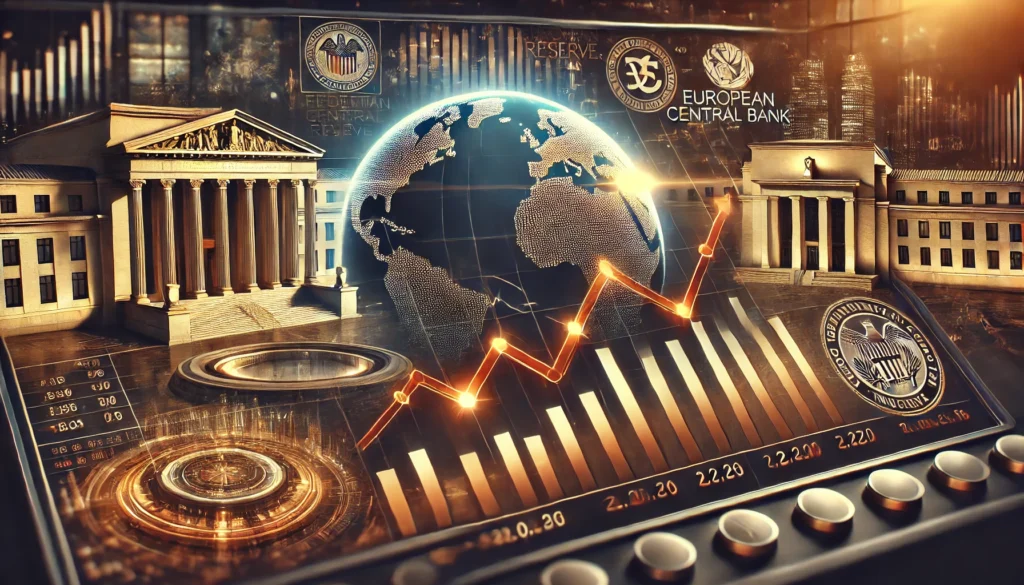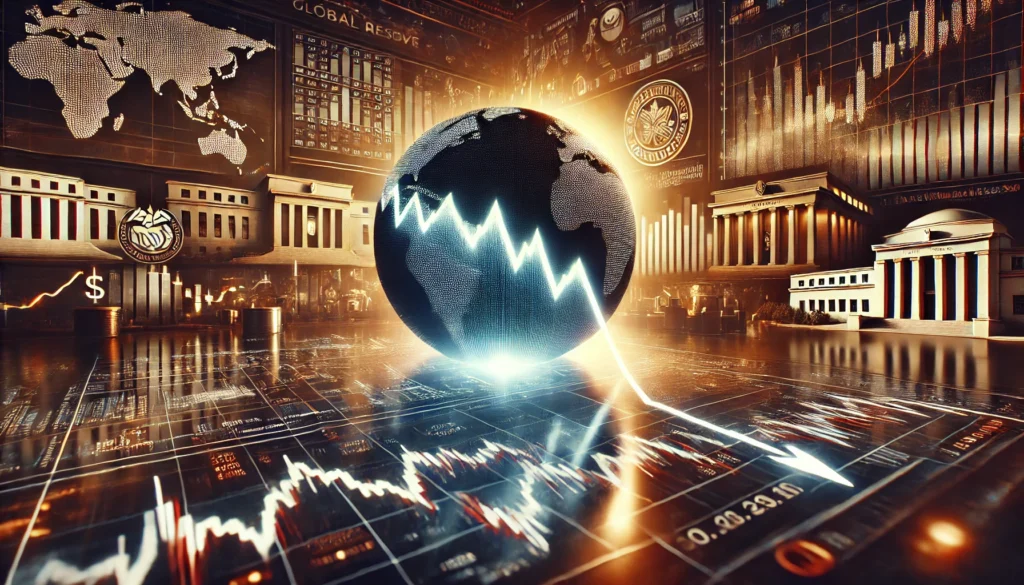Published Date: March 12, 2025
 Author: Global World Citizen News Team
Author: Global World Citizen News Team
 Source: GlobalWorldCitizen.com
Source: GlobalWorldCitizen.com
U.S. Inflation Falls More Than Expected, Raising Hopes for Fed Rate Cuts
The United States economy saw inflation decline to 2.8% in February, a sharper-than-expected drop that could pave the way for the Federal Reserve to ease interest rates in the coming months. As global markets react to shifting economic conditions, policymakers face the delicate challenge of curbing inflation while maintaining growth in the world’s largest economy.
According to Wednesday’s report, the annual Consumer Price Index (CPI) fell from 3% in January, dipping below the 2.9% forecasted by economists. This development is a welcome sign for businesses and consumers, though it comes amid growing concerns that President Donald Trump’s aggressive economic policies, including tariffs and trade disruptions, could hamper future growth.
 Key Developments
Key Developments





 The Federal Reserve’s Dilemma: Cut Rates or Hold Steady?
The Federal Reserve’s Dilemma: Cut Rates or Hold Steady?
Despite the cooling inflation, Fed Chair Jay Powell has signaled a cautious approach to interest rate cuts. Last week, Powell stated that the central bank was in no rush to lower rates, adding that it is “focused on separating the signal from the noise” as it assesses the U.S. economic outlook.

- The Fed is expected to hold interest rates steady at 4.25% – 4.5% at its upcoming policy meeting.
- A rate cut could come later in the year, particularly if inflation continues to decline.
- Concerns over economic uncertainty, tariffs, and global trade tensions could influence future Fed decisions.
 Global Impact: Canada Lowers Rates Amid Trade Tensions
Global Impact: Canada Lowers Rates Amid Trade Tensions
The Bank of Canada became the first major central bank to cut rates, lowering its benchmark rate to 2.75%. Canadian officials cited concerns over U.S. trade policies, particularly the impact of Trump’s escalating tariffs on steel, aluminum, and other imports.




 The Impact of Trump’s Tariffs on Inflation
The Impact of Trump’s Tariffs on Inflation
While February’s inflation drop is a positive development, some economists warn that Trump’s tariff policies could push inflation back up in the coming months.

- Higher costs for businesses and consumers, particularly in metals, automotive, and industrial sectors.
- Retaliation from trade partners, with the European Union already imposing counter-tariffs on up to €26 billion of U.S. goods.
- Uncertainty in financial markets, as investors assess the impact of tariffs on supply chains and corporate profits.






 What’s Next for the Global World Economy?
What’s Next for the Global World Economy?






